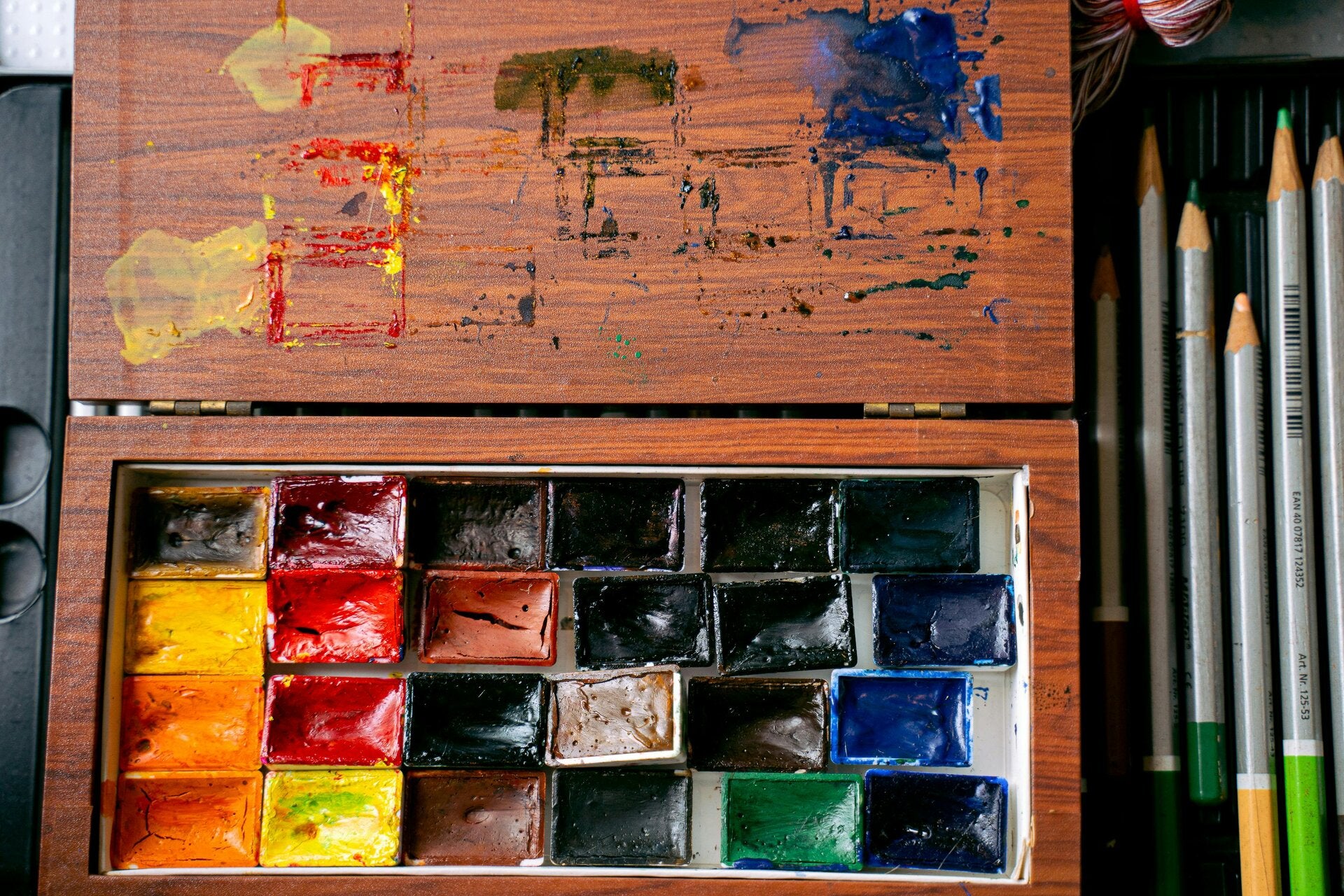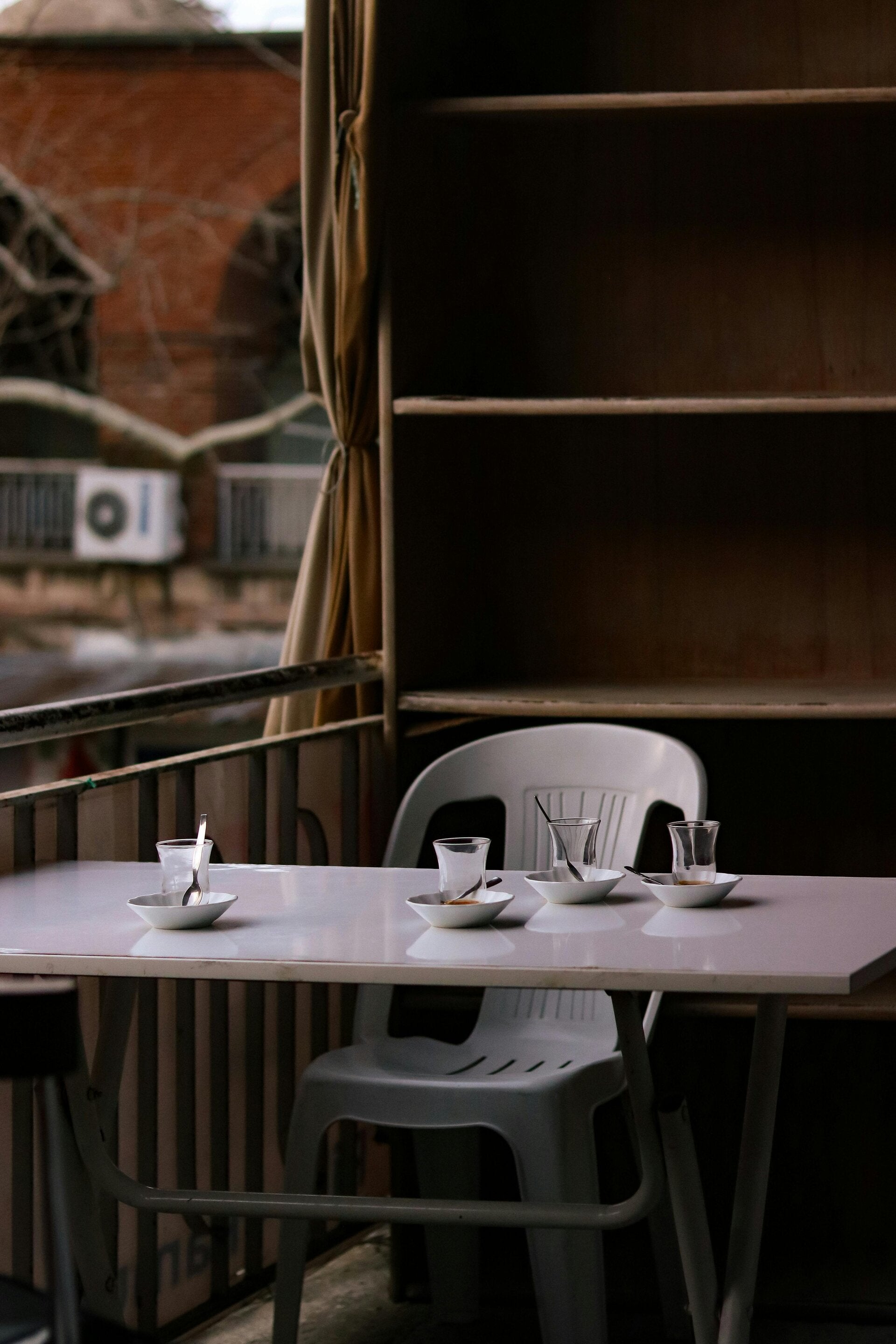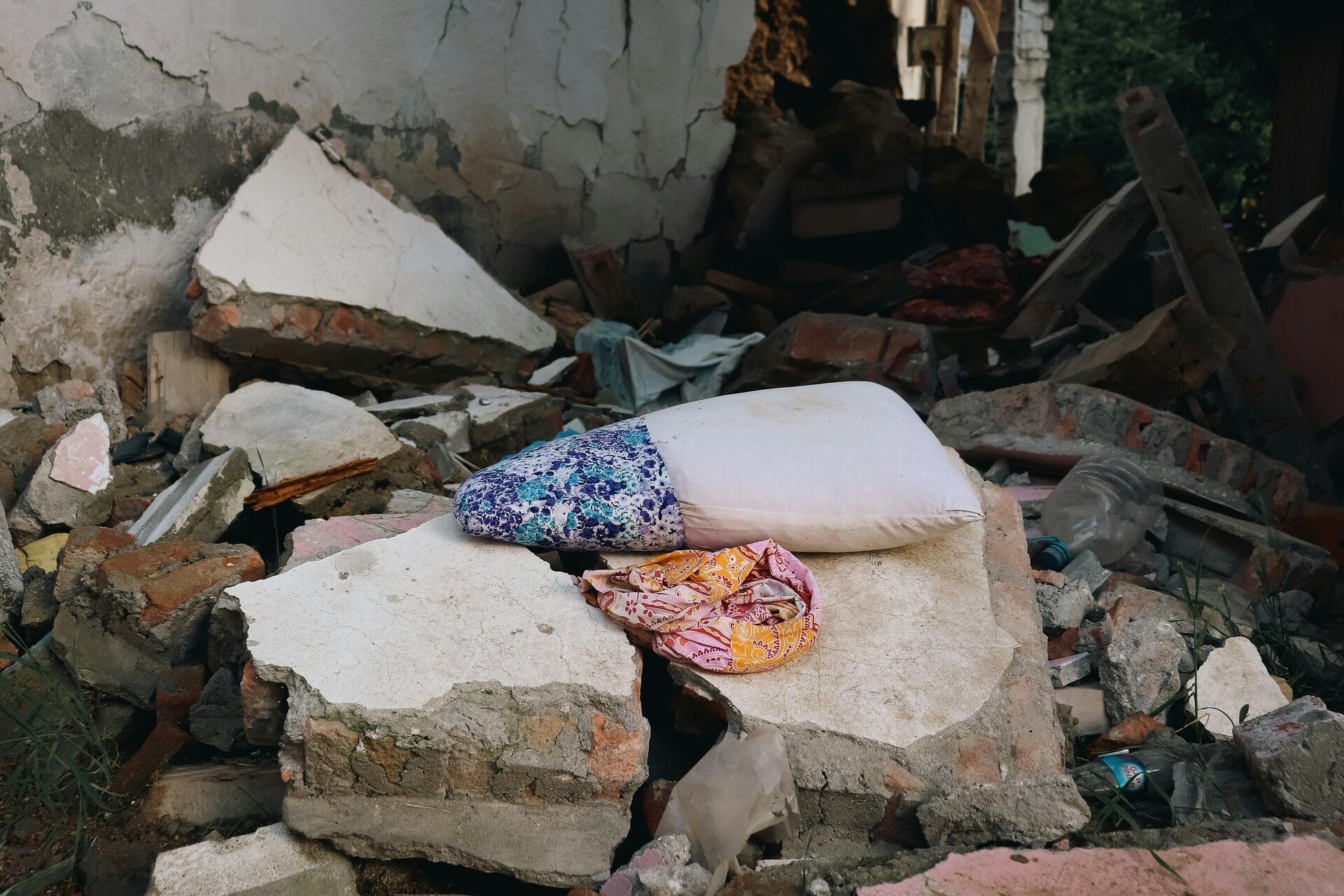A Study of Collapse

Atmosphere & Cinematography
Bronstein’s camera work feels almost invasive, constantly hovering too close and focusing on small details for too long. This mirrors Linda’s mental state, creating a suffocating sense of pressure and unease. The color grading blends muted tones with rare bursts of light, reflecting exhaustion and fleeting hope. The entire film feels like it’s holding its breath — heavy, slow, and tense — perfectly capturing the feeling of an emotional and domestic unraveling.
Ana Tarazevich

Sound Design & Symbolism
The film’s soundscape is filled with beeps, hums, and subtle noises from appliances that seem to follow Linda everywhere she goes. These sounds become a haunting reminder of her quiet breakdown and of her sickly daughter — a presence that lingers even when unseen. Every sound, from the faint buzzing of machinery to the echo of an empty room, adds to the emotional weight and constant sense of unease.
Jonathan Robles

The Daughters Absence
Throughout the film, the daughter’s voice is heard but her face remains unseen until the very end. This absence turns her into something symbolic, both presence and pressure, something Linda can feel but never fully reach. The decision to keep her off-screen transforms her into a representation of everything slipping away from Linda, embodying loss, guilt, and emotional distance.
Feyza Dastan

Themes of Control & Collapse
If I Had Legs I’d Kick You studies what happens when control starts to crack. It doesn’t dramatize a breakdown; it quietly observes it. The pacing is slow and deliberate, unfolding in long, unbroken takes that refuse to let the audience look away. Even silence feels heavy, as if the film itself is waiting to collapse. Bronstein uses this restraint to show that emotional collapse rarely happens all at once, it seeps in slowly, like water through a ceiling, until everything familiar starts to feel strange and fragile.
Serkan Gonultas
Create Your Own Website With Webador